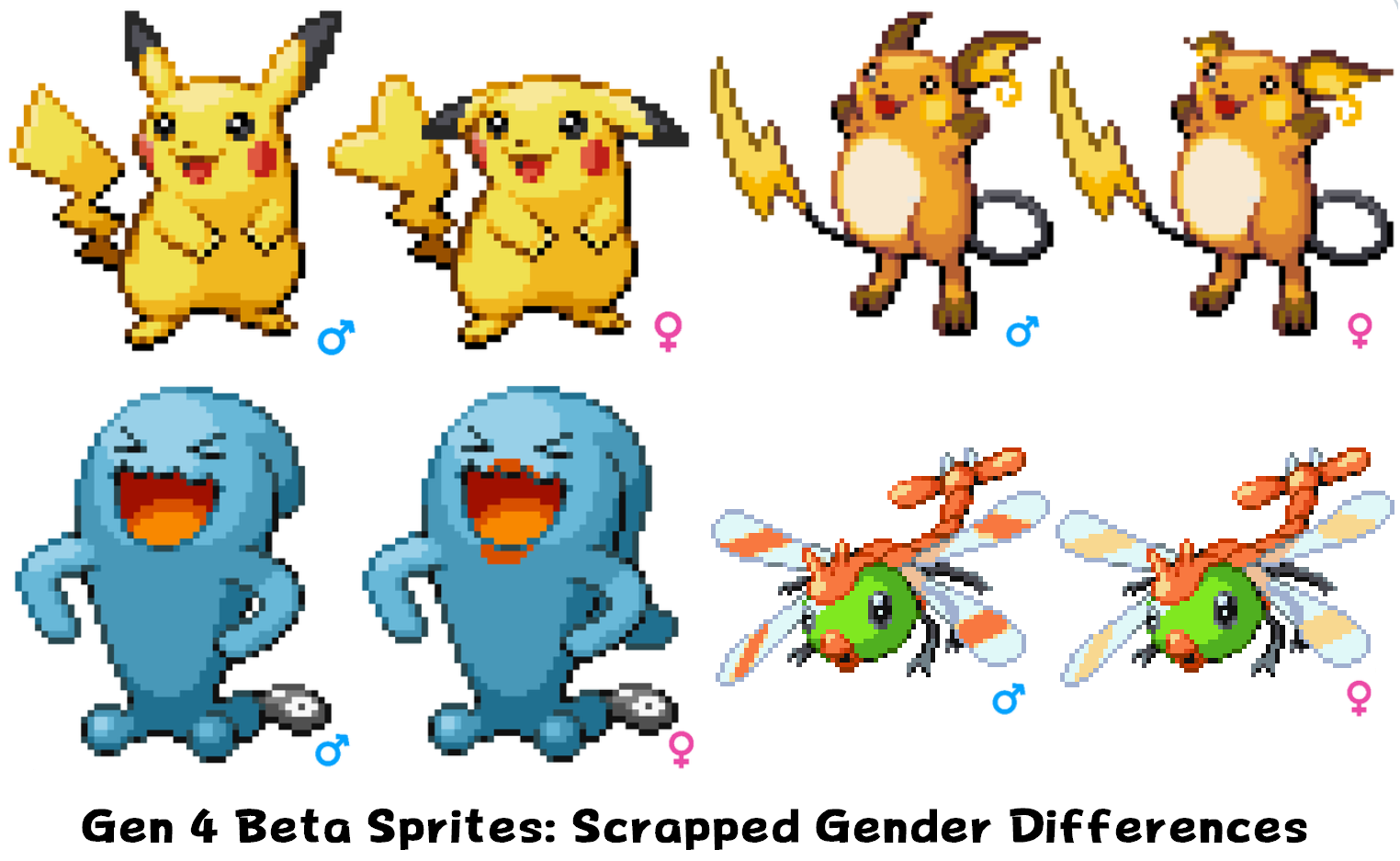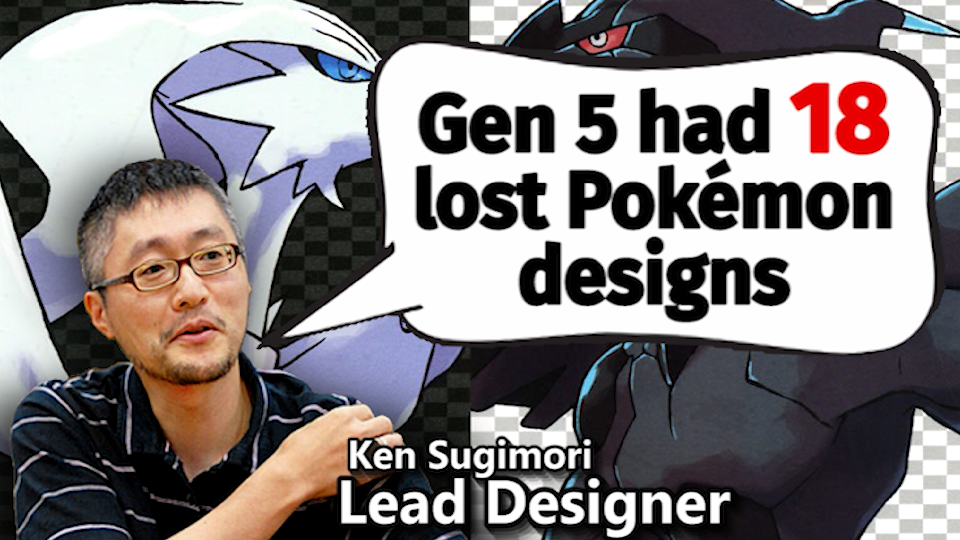
Gen 4 Lost Pokemon: White Pichu
Everything there is to know about White Pichu
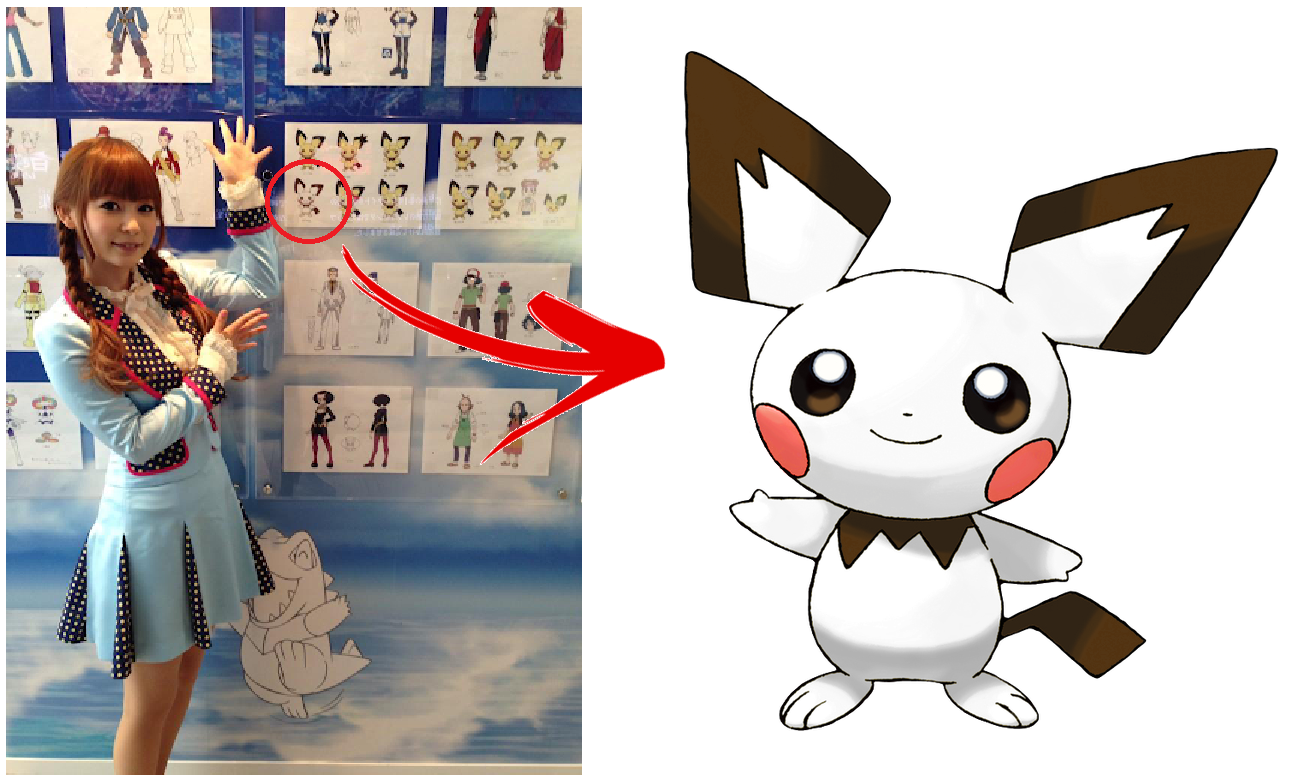
Written by Dr Lava, February 13 2020
Lost Pokemon cut from Generations 1, 2, 3, and 5 are well-documented on this website, as well on my YouTube channel. In total, about 100 Lost Pokemon have been discovered in recent years… but none of them were scrapped from Gen 4. When Diamond & Pearl beta sprites leaked in December 2019, we got to see hundreds of scrapped gender differences. But disappointingly, the leak didn’t include a single Lost Pokemon.
Not a single Lost Gen 4 Pokemon is presently known… but there is one Lost Pokemon variant. On its page about Spiky-eared Pichu, Bulbapedia includes a small note: “According to Shōko Nakagawa’s autobiography, the Spiky-eared Pichu was originally going to be a White Pichu.” Unfortunately, Bulbapedia doesn’t provide a direct quote, photographic evidence, or even a page number. Essentially, it just says “an untranslated Japanese book says White Pichu was almost a thing.”
With that in mind, I couldn’t be sure Bulbapedia’s claim is actually true. Even if it is true, it certainly doesn’t tell the full story. So with the help of my friend Chase Webb and Dogasu’s Backpack, I bought the book from Japan, located the pages concerning White Pichu, and had them translated into English. And there’s even some official concept art proving White Pichu’s existence. So let’s dig into the full story — here’s everything there is to know about White Pichu.
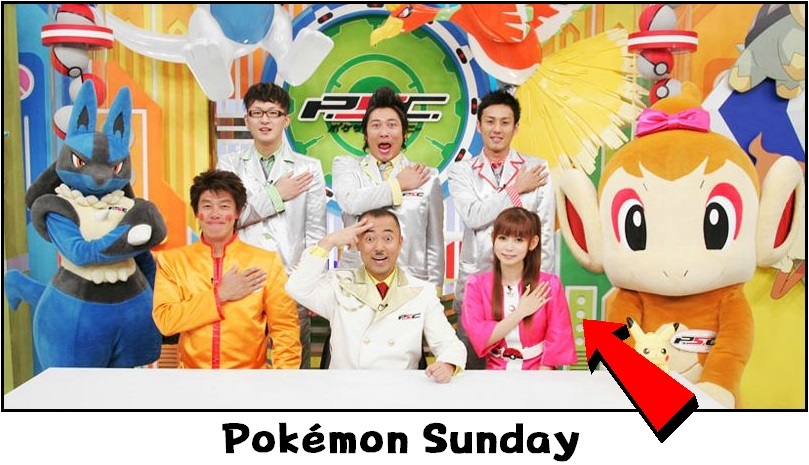
Who Is Shōko Nakagawa?
Before we get to White Pichu, first I need to introduce the key figure in this story, Shōko Nakagawa. Shōko’s connections to the Pokemon franchise are too numerous to count, so I’ll just touch on a few highlights. She’s best known as the host of several Pokemon television shows, including Pokemon Sunday and Meet Up at the Pokemon House. Since 2004, these shows have featured Pokemon news, skits, and even visits from Game Freak developers like Junichi Masuda.
There’s even been a few special event Pokemon dedicated to Shōko. For example, Japanese fans who pre-ordered tickets to see the 12th Pokemon movie received a Pikachu-colored Pichu with its Original Trainer (OT) identified as Shokotan, Shōko’s nickname. Shōko’s also a voice actress in many of the Pokemon movies, lending her voice to characters like Keldeo, Sylveon, Nurse Joy — and most importantly, she also voices Spiky-eared Pichu.
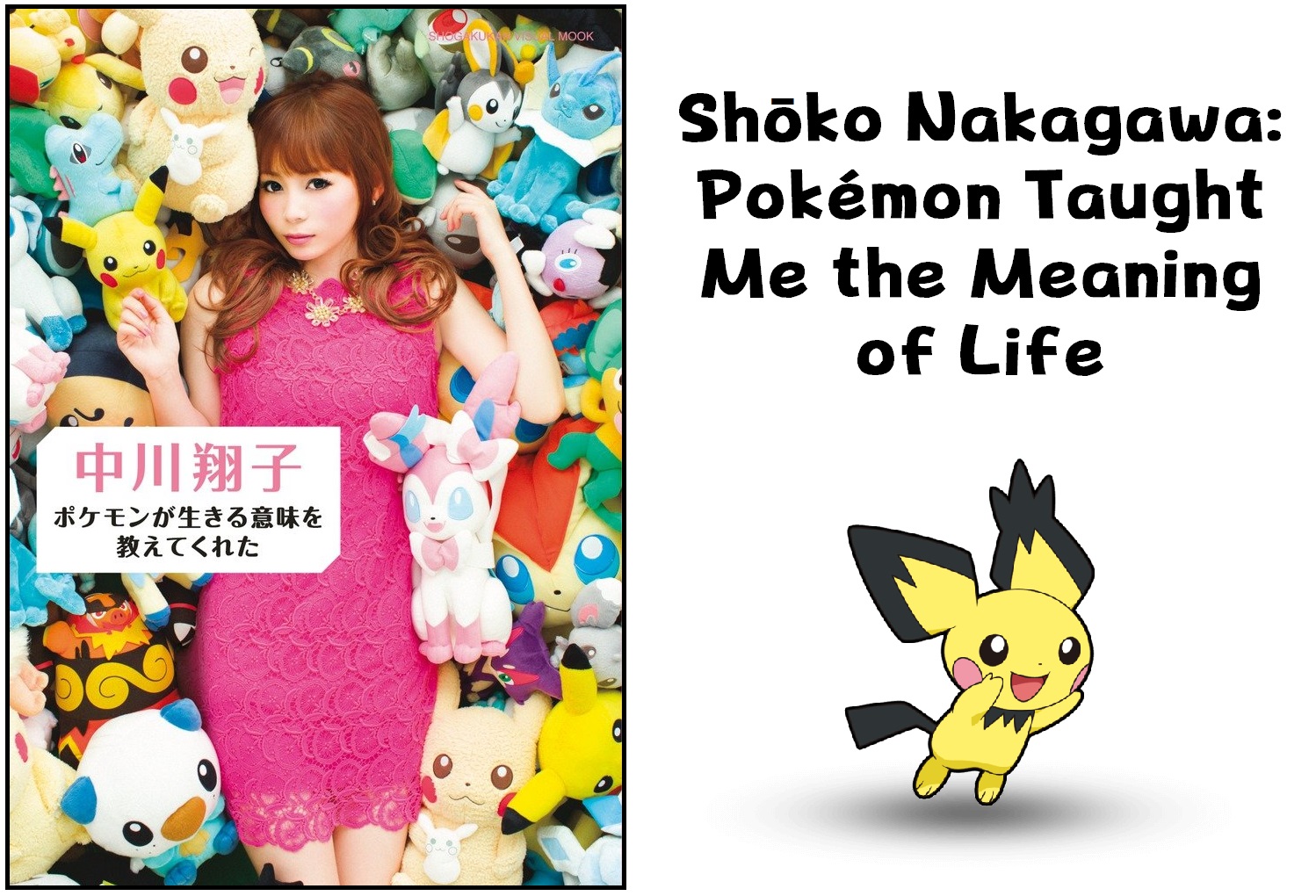
Shōko Spills the Beans
In 2013, Shōko wrote an autobiography titled “Shōko Nakagawa: Pokemon Taught Me the Meaning of Life.” The book begins with her story as a bullied child who could only find happiness by playing Pokemon Red & Green, then eventually works its way to her experiences as one of Pokemon’s most famous real-life personalities. I won’t dwell on all the book’s details — for this article, there’s just a couple excerpts worth highlighting. This first one comes from page 120:
Shōko Nakagawa: “So originally, Spiky-eared Pichu was going to be White Pichu instead, and I heard they were even thinking about making a brand of white cream stew to go along with it and everything. But they eventually went with Spiky-eared Pichu instead.”
Before discussing the next quote from Shōko’s book, let’s briefly dissect this one. You’re probably wondering, why’s she talking about white stew? Well, the Japanese words for “White Pichu” and “white stew” are nearly identical — Howaito Pichuu and Howaito Shichuu. As the largest media franchise in the world, the Pokemon Company’s always looking for new merchandising opportunities. And as my translator Dogasu points out, the marketing for White Pichu and white stew practically writes itself.
Who Is Spiky-eared Pichu?
In case you’ve forgotten, here’s a quick refresher. To get your hands on Spiky-eared Pichu, first you needed to get a Pikachu-colored Pichu distributed to your copy of Diamond, Pearl, or Platinum at a special event. Once you’ve traded Pikachu-colored Pichu to HeartGold & SoulSilver, approaching the Ilex Forest Shrine triggers an in-game event. The two Pichus play and run around together, then Spiky-eared Pichu joins your party.
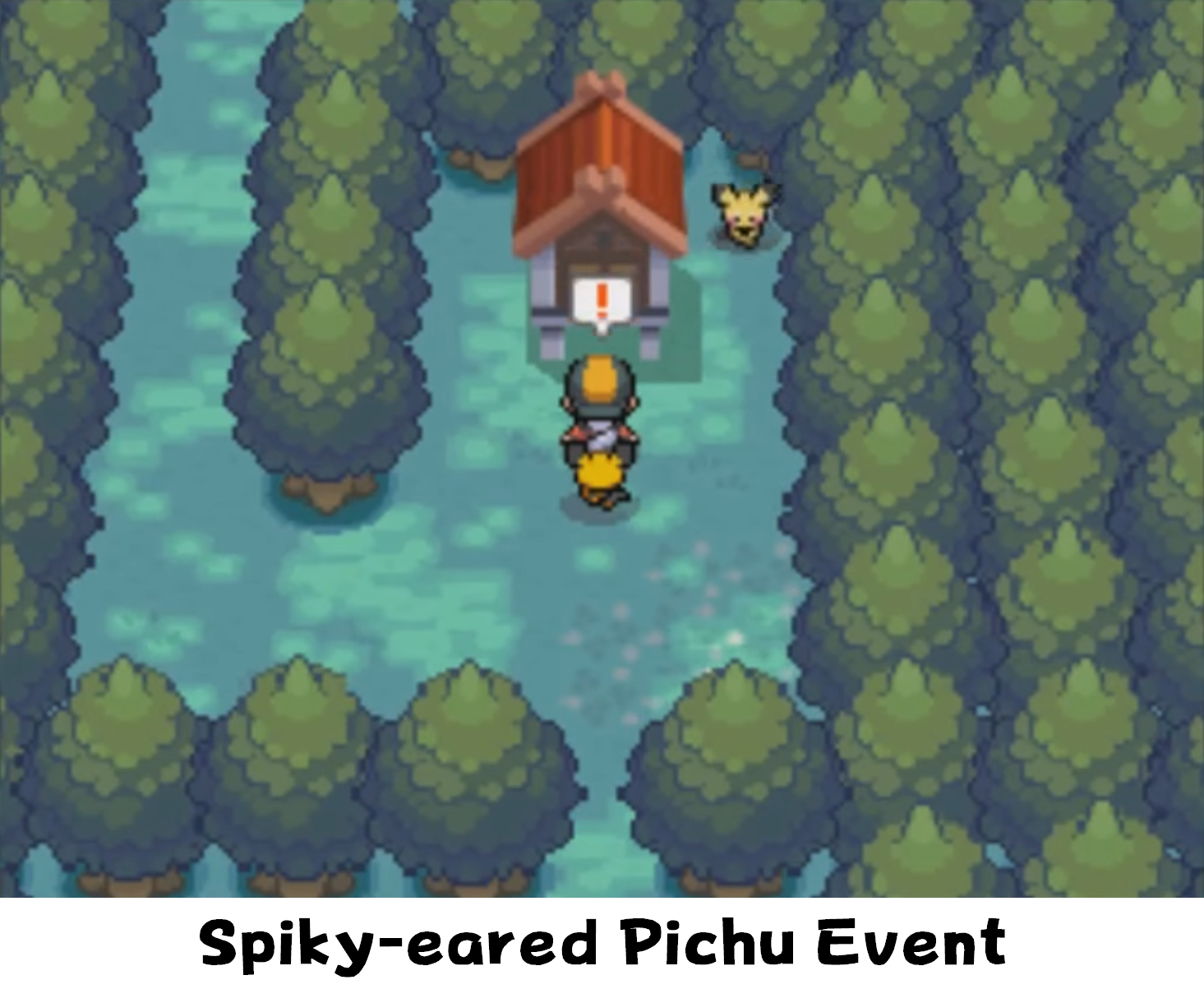
Professor Elm later explains that Spiky-eared Pichu traveled through time with Celebi… in fact, she traveled in time too much. As a result, she can never be traded or Poke Transferred, meaning she can never leave your copy of HeartGold or SoulSilver. That’s right, Spiky-eared Pichu can never be sent to any other Pokemon game. In other words, this time-traveling Pichu is now trapped in time forever… she’s stuck in Gen 4 for all eternity.
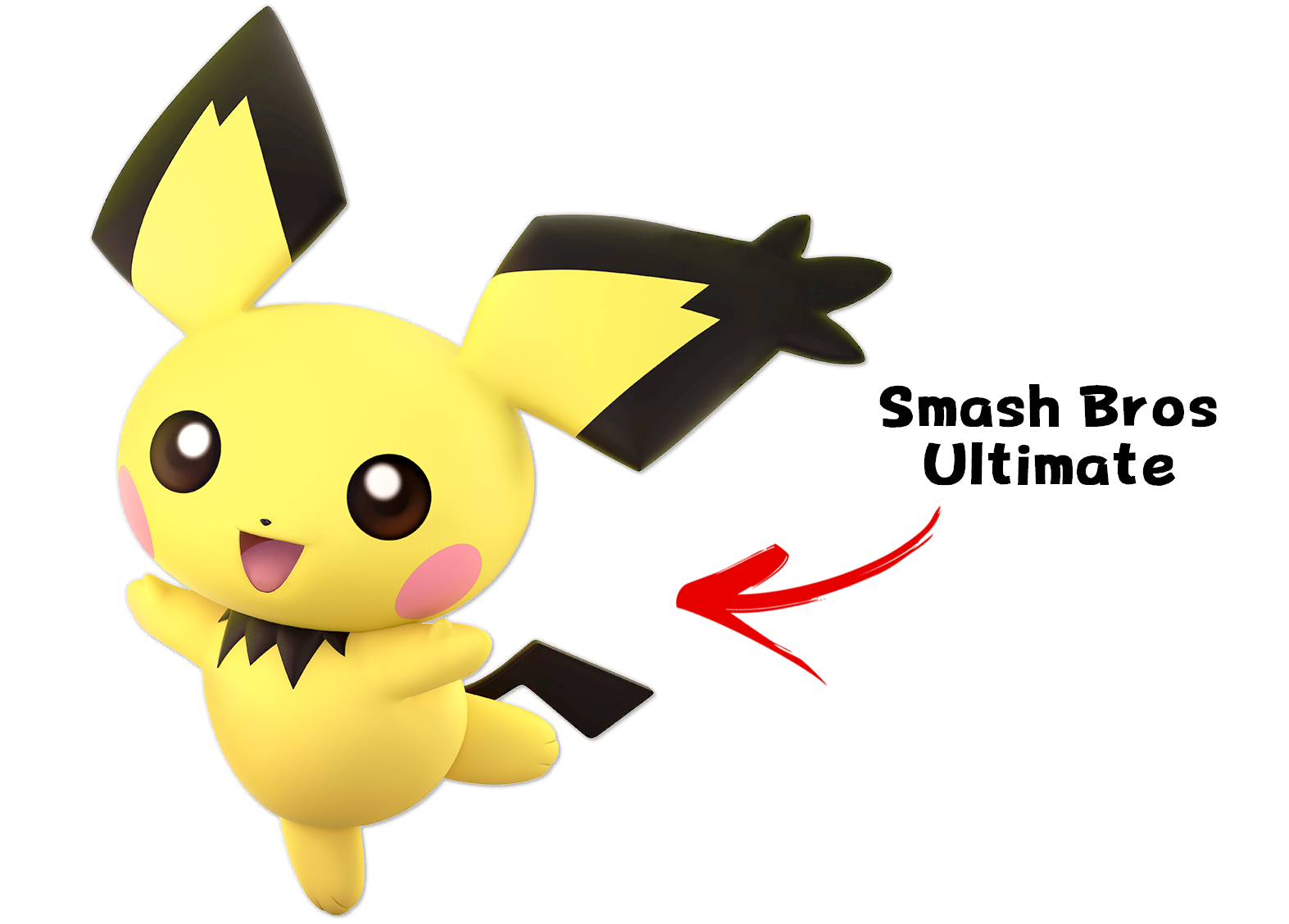
Well, sort of. While Spiky-eared Pichu never appears in any other mainline games, she has made a few appearances elsewhere. She can be found in the Pokemon Adventures manga, the Pokemon Battrio arcade games, and even in Smash Bros Ultimate as an alternate Pichu skin. And of course, she’s also appeared in several Pokemon movies, always voiced by Shōko Nakagawa.
According to Shōko, White Pichu was originally meant to play the role eventually occupied by Spiky-eared Pichu. Assuming nothing else changed, that means it would’ve been White Pichu stuck in HeartGold & SoulSilver, unable to be traded forward into future generations. And it also would’ve been White Pichu making guest appearances in movies, arcade games, and Smash Bros Ultimate.
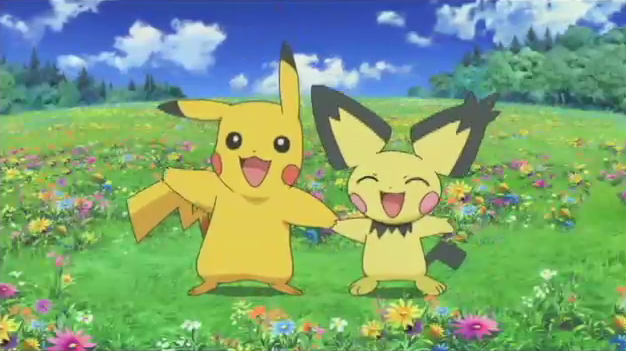
Typos Have Consequences
So why was White Pichu changed to Spiky-eared Pichu? In her book, Shōko doesn’t offer a full explanation, but she does tell us why Spiky-eared Pichu was created… because of a typo. A reoccurring typo, actually. If not for the typo, Spiky-eared Pichu wouldn’t have existed, and presumably White Pichu wouldn’t have been cut. While reading the quote below, keep in mind that the Japanese word for Mega is “Giga,” and the word for Spiky is “Giza.” In Japanese, Spiky-eared Pichu is called “Giza-Mimi Pichu.”
Shōko Nakagawa: “…The word ‘Giza’ was born out of the typos I used to make on my blog while trying to write words like Giga or Tera. I’m linked to the world of Pokémon by Game Freak sneaking in the word ‘Giza,’ as in ‘Giza-happy.’ On top of that, I’m left-handed, and the ear that Giza-mimi Pichu has her spikes just happens to be on her left ear.”
In other words, Shōko was constantly making typos on her blog, always using the word Spiky by mistake — like repeatedly saying she was “spiky happy,” when she meant to say “mega happy.” This reoccurring accidental use of the word “spiky” is what inspired Game Freak to create Spiky-eared Pichu. And of course, Shōko’s the voice actress that plays Spiky-eared Pichu, so it all ties together.
It’s also worth mentioning that in May 2010, Shōko accidentally leaked that Zekrom was half Electric-type on her blog, two weeks before Game Freak officially revealed this fact. It seems Shōko’s got a habit of revealing Pokemon secrets when she’s not supposed to… in fact, that’s how we got a glimpse of White Pichu’s official concept art.
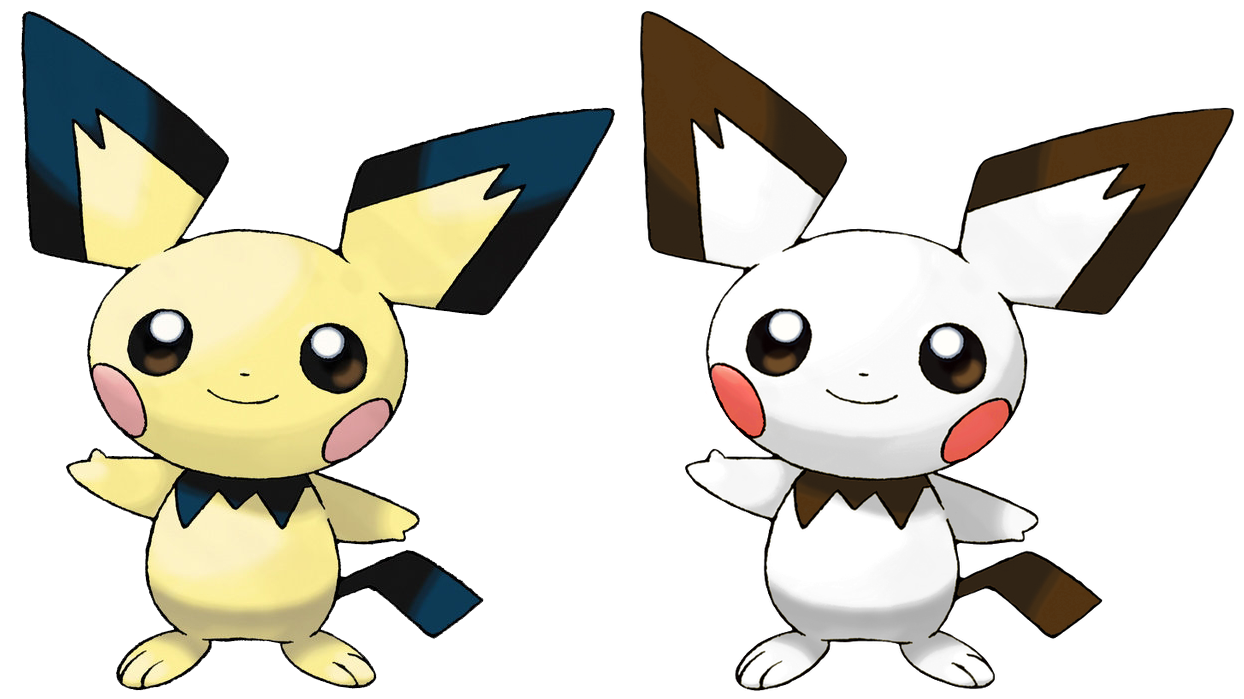
White Pichu’s Concept Art
In the summer of 2014, the Pokemon Company held an art exhibit in Tokyo to celebrate the launch of “Pokemon the Movie XY.” Even my translator Dogasu was in attendance, documenting the full exhibit on his website. But of course, Dogasu’s not just the guy who occasionally helps me locate and translate Japanese resources, he’s actually been writing about Pokemon in Japan for over 20 years. He’s an absolute rock star, and if you’re interested in the Japanese side of the Pokemon franchise, you should check him out.
At the XY exhibit, lots of information, artwork, and 3D models were on display, and visitors were free to take photos. However, there was a special animation section where photographs were strictly prohibited. Lots of character artwork was included in this section, including White Pichu’s official concept art. Pictures weren’t allowed, but lucky for us, Shōko visited the animation section and flaunted the ban on photography. She had her picture taken with White Pichu’s concept art, and she even posted it on Twitter!
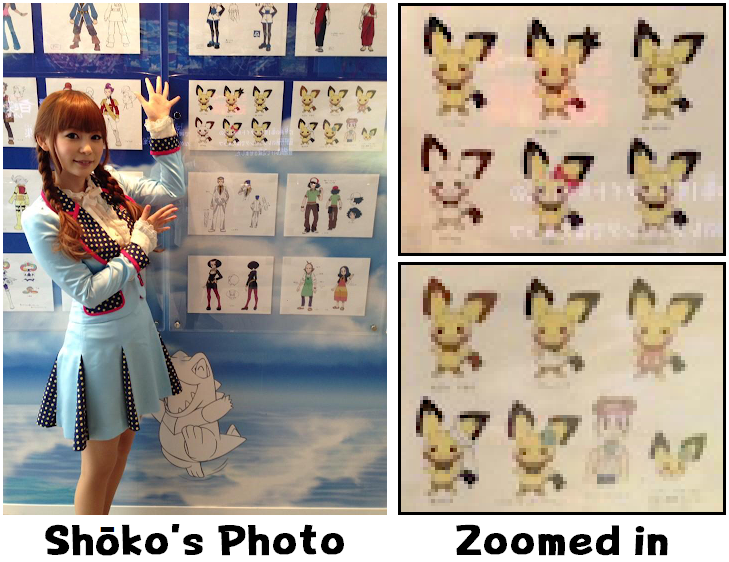
Shōko, I love you. And I fully encourage you to continue sharing Pokemon Company secrets. Though to be honest, a higher-resolution camera would’ve been better. But I’ll take what I can get.
Here’s a translation of Shōko’s tweet: “I saw alternate versions of Spiky-eared Pichu for the first time today and it seems like they were thinking of going with a White Pichu, or a Heart Cheek Pichu, or some other variation instead!”
So it seems these alternate Pichu designs were created so Game Freak could weigh their options and pick a favorite. I should note that Shōko’s book was published a year before the XY exhibit, so clearly she was aware of White Pichu before this photo was taken. But presumably, by the time she first heard about White Pichu, it’d already beaten out the other designs as Game Freak’s top choice.
As you can see, there are ten designs on display, all of which are modifications of Pichu’s official Gen 3 artwork (pictured top-left). Most of them are simply wearing different clothes, so it’s understandable why they weren’t chosen. It’s hard to make out due to the low-resolution, but Shōko says one of them has heart-shaped cheeks. All ten Pichu are yellow, except White Pichu of course — which makes it the definite stand-out, and probably explains why it was initially chosen to appear in Gen 4.
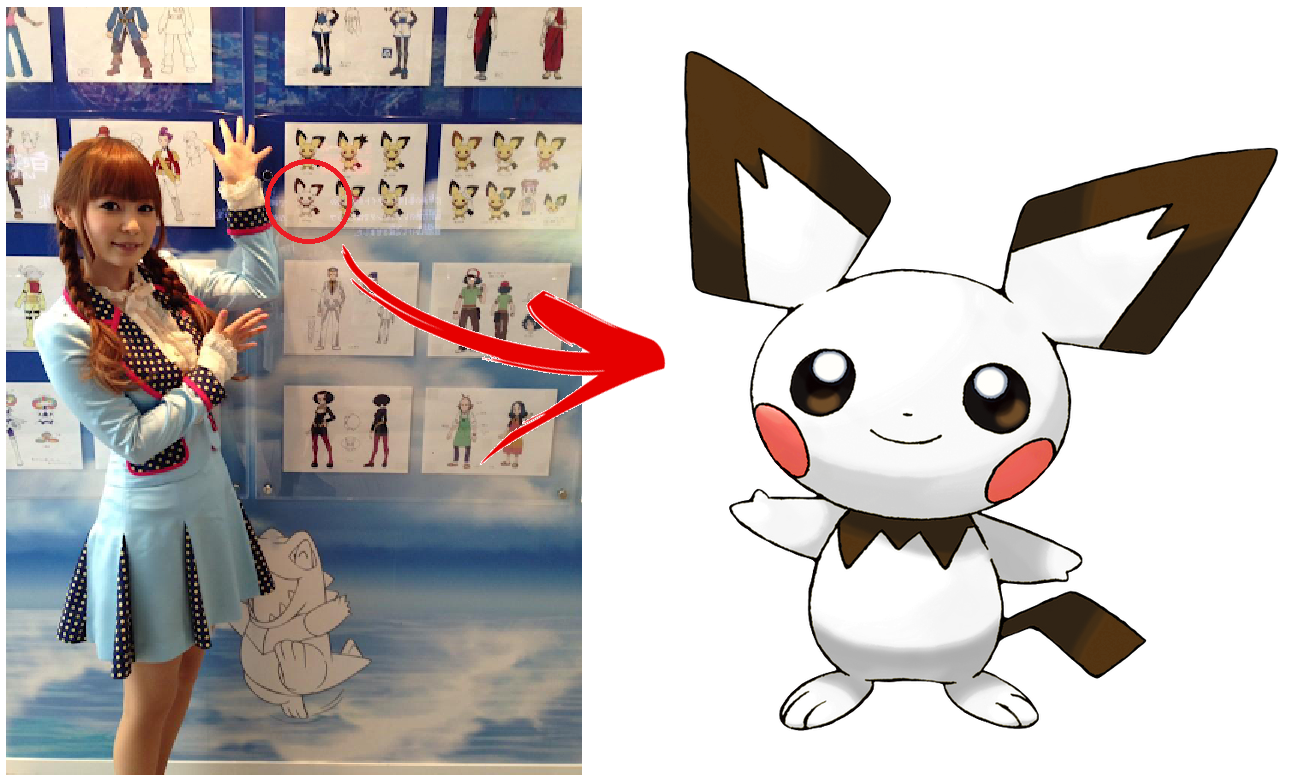
Due to the low-resolution of Shōko’s photo, I asked my friend RacieBeep to recolor Pichu’s official artwork to match the colors seen in the photo. In addition to White Pichu’s most obvious color difference — being white — she also has brown ears that match her eyes, as well as redder cheeks. What a cutie.
Yup, there’s no denying it… she definitely would’ve been a fan-favorite.
Closing Comments
And there you have it, everything there is to know about White Pichu, Gen 4’s only-known Lost Pokemon variant. Unfortunately, there’s still one thing we don’t know about White Pichu — why she was thrown out. Shōko’s book doesn’t address this question, and Game Freak never comments on such matters, so unfortunately, all we can do is speculate. Perhaps Shōko herself is responsible — maybe she liked the idea of a Pichu design born from her typos, and she used her influence to lobby for its adoption. But who knows. I even sent Shōko a Japanese language tweet asking for clarification… but unfortunately, I didn’t get a response. If more information surfaces, I’ll update this article.
If you’d like to read more articles about Lost Pokemon and developer translations, check out this site’s homepage. Or if you prefer watching videos over reading, you might wanna subscribe to my YouTube channel, where I cover the same kind of content. If you’d like to help finance the purchase of books and magazines from Japan so they can be translated into more articles and videos, please consider supporting me on Patreon for $5 a month. It helps make these Lost Pokemon projects possible, and there’s some unpublished translations and other goodies that are only available on Patreon.
If you want to contact me about this article, or for any reason at all, the easiest way to reach me is a personal message on Twitter, where I’m @DrLavaYT. Thanks for reading.
Related Articles:
• Translation: Ken Sugimori Reveals Gen 5 Pokemon Origins
• Controversy Explained: the Gen 1 Beta Sprite Leak
Related Videos:
• Gen 5’s Scrapped Special Event: The Lock Capsule
